Assembled here are key sources that have shaped the modern Middle East, Zionism and Israel. We have included items that give texture, perspective and opinion to historical context. Many of these sources are mentioned in the Era summaries and contain explanatory introductions.

Foreign Relations of the United States 1969-1976, Vol. 25: Arab-Israeli Crisis and War, 1973, published in 2011 and running more than 1,200 pages in covering all of 1973 and the first two weeks of 1974….
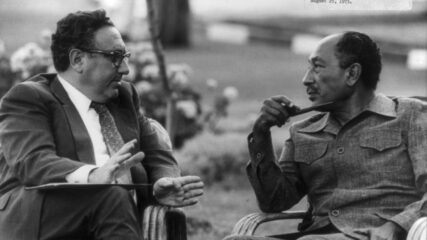
October 6, 2023, was the 50th anniversary of the outbreak of the October 1973 war. Six months prior, Egyptian President Sadat sent his national security adviser to meet with Secretary of State Kissinger to determine whether the U.S. would engage Egypt and Israel in serious mediation for a Sinai agreement, or a series of them, all focused on Israeli withdrawal and gradual acceptance of Israel. Kissinger did not take Sadat’s overtures seriously. Would American action then have avoided the October 1973 war? All informed analyses say no.
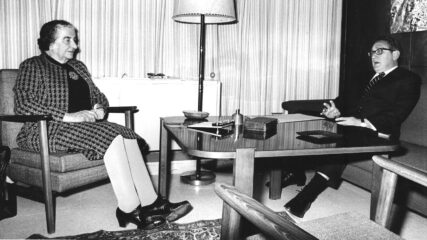
In carrying out research in the 1990s for Heroic Diplomacy: Sadat, Kissinger, Carter, Begin and the Quest for Arab-Israeli Peace, Routledge, 1999, I undertook 84 interviews with individuals who participated in the diplomacy.
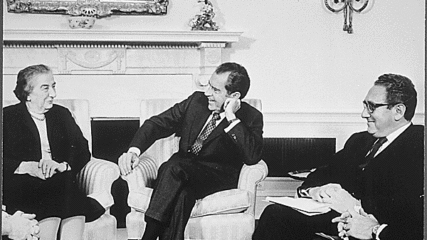
The October 1973 war broke the logjam over whether diplomacy could unfold to kick off Arab-Israeli negotiations. Sadat used the 1973 war as an engine to harness American horsepower. In that he succeeded because U.S. Secretary of State Kissinger saw Sadat’s leaning to Washington not only as a chance to begin useful negotiations, but also of great significance to weaning the Egyptian president away from Moscow.

The US mediates an agreement separating forces in Sinai after the 1973 War; Egyptian and Israeli
generals will negotiate additional details.

An Israeli commission of inquiry assigns responsibility to military leaders for failures before and during the Yom Kippur War. Prime Minister Meir and Defense Minister Dayan avoid direct blame but soon resign.

On Golan Heights, Israel agrees to limited withdrawal; UN places forces between Syrian and Israeli armies. With few exceptions this border remains almost totally quiet for more than forty years.
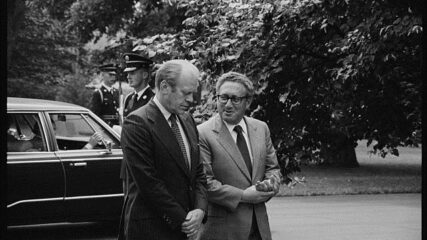
President Ford promises that the US will give “weight” to any future Israeli peace agreement with Syria that Israel should remain in the Golan Heights.

Cairo and Jerusalem agree to additional Sinai withdrawals, demilitarized zones, limited force zones and, importantly, placement of US civilians in Sinai to monitor observance of agreement.
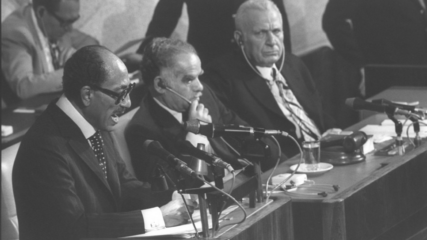
Sadat tells the Israeli people and world that he seeks a just and durable peace, which is not a separate peace, between Israel and Egypt. He equates statehood for the Palestinians as their right to return.
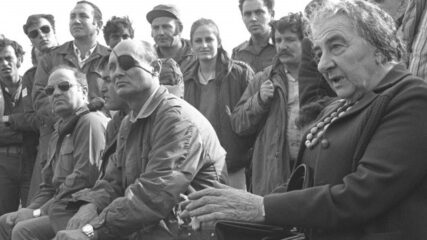
The Israel State Archives has created a 16-chapter, document-based narrative of the October 1973 war, the events leading to it, and its aftermath. The landing page includes links to other documentary sources for the war….

Prime Minister Golda Meir in her address to the Knesset since the beginning of the October War, recounts the war’s status on the Golan Heights and in the Suez Canal area. She reveals that an Israeli task force had crossed the Suez Canal and was fighting on the west bank of that waterway.








